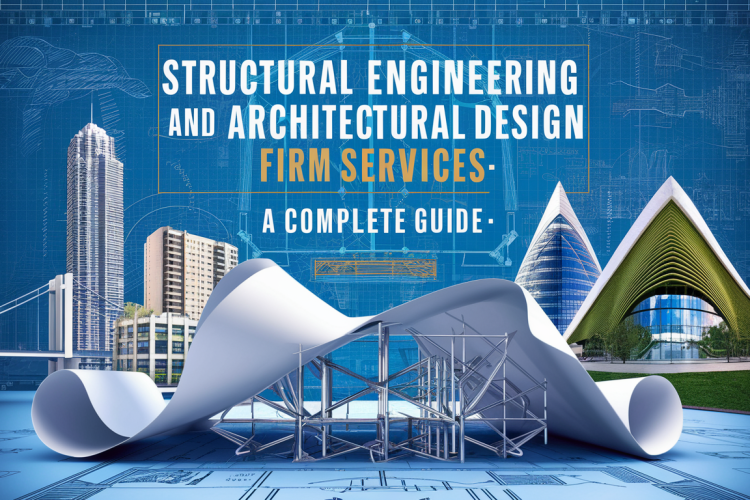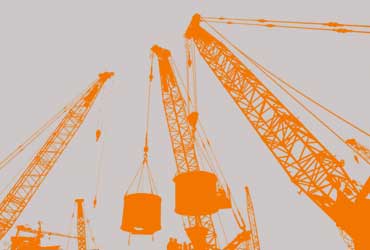
Structural Engineering and Architectural Design Firm Services: A Complete Guide
Welcome to the world of architectural wonders and structural marvels right in the heart of New York City! In this bustling metropolis where each building tells a story, the importance of Structural Engineering Services and preserving historic structures while ensuring structural integrity cannot be overstated. This is where building envelope surveys come into play, offering a comprehensive assessment of the building’s exterior elements, safeguarding its heritage while ensuring safety and longevity.
1. Understanding the building envelope survey
Think of the building envelope as the outer skin of a structure, protecting its interior from the elements. A building envelope survey involves a thorough inspection of this outer shell, including walls, roofs, windows, and doors, to assess their condition and performance.
Also Check: BUILDING ENVELOPE SURVEY IN NYC: A COMPLETE GUIDE
2. Importance of structural engineering
Structural engineering forms the backbone of any construction project, ensuring that buildings withstand the test of time. From skyscrapers to historical landmarks, structural engineers play a crucial role in designing safe and resilient structures.
3. Architectural design firm services in NYC
In the vibrant landscape of New York City, architectural design firms are the creative powerhouses behind iconic buildings. These firms offer a range of services, from concept development to construction management, bringing visions to life in the urban jungle.
4. Navigating historic building preservation
Preserving the architectural heritage of NYC is a delicate balance between honoring the past and embracing the future. Historic building preservation services aim to protect and restore these cultural treasures, ensuring they remain relevant for generations to come.
5. Benefits of building envelope survey
A proactive approach to building maintenance, building envelope surveys offer numerous benefits. From identifying potential issues early to optimizing energy efficiency, these surveys are invaluable for property owners and managers.
6. Process of conducting a building envelope survey
Conducting a building envelope survey involves several steps, including visual inspections, diagnostic testing, and data analysis. This comprehensive approach allows engineers to assess the condition of the building and recommend necessary repairs or upgrades.
7. Challenges in preserving historic buildings
Preserving historic buildings comes with its own set of challenges, from navigating strict regulations to finding compatible materials for restoration. However, the effort is worth it, preserving the cultural fabric of the city for future generations to enjoy.
8. Cutting-edge technologies in surveying
Advancements in technology have revolutionized the field of building envelope surveying. From drones for aerial inspections to thermal imaging for detecting hidden defects, these tools enhance the accuracy and efficiency of surveys.
9. Role of regulations and compliance
Compliance with building codes and regulations is paramount in ensuring the safety and integrity of structures. Architects and engineers must stay updated on the latest codes and standards to deliver projects that meet regulatory requirements.
10. Future of building envelope surveying
As cities evolve and technology continues to advance, the future of building envelope surveying looks promising. Innovations in materials, techniques, and sustainability will shape the way we assess and maintain buildings for years to come.
Frequently asked questions
What is a building envelope survey?
A building envelope survey is a comprehensive inspection of the exterior elements of a building, including walls, roofs, windows, and doors, to assess their condition and performance.
Why is historic building preservation important?
Historic building preservation is important for maintaining the cultural heritage of a city, and preserving architectural treasures for future generations to enjoy.
How often should a building envelope survey be conducted?
The frequency of building envelope surveys depends on various factors, such as the age and condition of the building, local climate, and usage. As a general rule, it’s recommended to conduct surveys every 3–5 years.
What are some common challenges to preserving historic buildings?
Common challenges in preserving historic buildings include navigating strict regulations, finding compatible materials for restoration, and addressing structural issues while maintaining the building’s original character.
What role do architects and engineers play in building envelope surveys?
Architects and engineers play a crucial role in conducting building envelope surveys, from assessing the condition of the building to recommending necessary repairs or upgrades to ensure its long-term viability.
Conclusion
In the bustling landscape of New York City, where every corner tells a story, preserving the architectural heritage is paramount. Building envelope surveys, coupled with the expertise of Structural engineering building design services in New York City, play a crucial role in safeguarding the city’s iconic skyline. By embracing the past while embracing the future, we ensure that the spirit of NYC lives on for generations to come.






